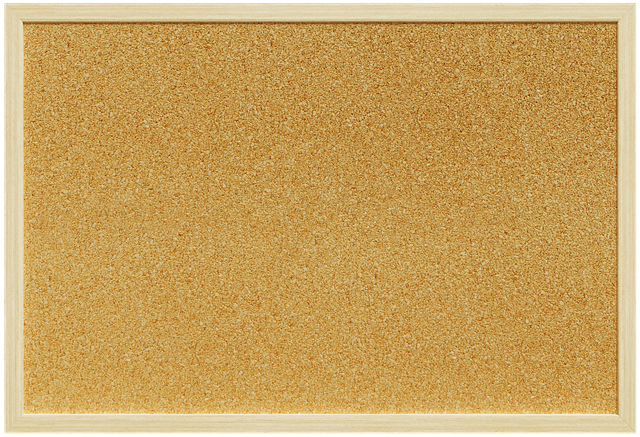
For a long time, many people have wished to improve their woodworking skills. The many different aspects of woodworking mean there is a place for everyone, whatever their level of skill or their interest. Below are some tips to help you enhance your skills and enable you to take your woodworking to a new level.
If you need to stain a project you’re working on in woodworking, then you should use a stain conditioner first. This will reduce any blotches in the piece that you create. They smooth the wood and make it possible for the stain to penetrate into the wood evenly.
Before you stain your wood project, apply a pre-stain conditioner onto the wood. Using this conditioner will reduce the amount of blotching or unevenness on your finished project. They will make the wood smooth and allow the stain to go on evenly.
Your workbench height is important. In order to get the right height, measure from your floor to your waist. This distance will provide you with the best height for your workbench.
Stir your paint and stain, don’t shake it! Some of the ingredients tend to settle as time goes on. But, if you shake it could cause bubbles to form which would mean it wouldn’t mix too well. Be sure to continue stirring until everything that has settled is blended in evenly.
Understand your wood. Each type of wood is completely different. Staining looks different on various types of wood. Cuts will react differently, too. You will see a lot of different grain types. Each of these things should be considered before starting your next woodworking project.
Test an area or scrap wood before using a stain. This will help you to pick the right stain color for your project. This simple testing tactic lets you counter the unpredictability of wood.
Before you begin any sawing assure the blade is in working condition. A dull blade will not be able to saw the way you need. It can also cause errors that will cost you a ton, depending on the wood type you use.
You want to be sure that you have the right size nails for your project. A large nail can split wood, leaving it loose. However, very small nails do not penetrate well; therefore, they won’t hold the wood. So, it is important to determine the correct size nail for the job.
Put extra spring in your grip. You may only have one hand available when you need to use spring clamps. These clamps can be very difficult to open with one hand. You can make it easier on yourself. Use two hands to put your clamps onto a piece of scrap wood. This makes it so the clamps are close to maximum capacity and are easy to use with one hand.
Your workbench height is important. To find the ideal height, take a measurement of the distance between your floor and your waist’s midline. This technique will ensure your workbench is at the optimum height.
Do you currently have a screw that needs some tightening but is not easy to reach? Do not look past your toolbox for the answer. Use a screwdriver with a long handle and 12 points. Put the socket over the handle of the screwdriver, then use the ratchet to reach tough spots.
Find recycled wood. Scraps can be discarded which are a boon for your projects. Flooring and construction companies toss old wood. Make the most of this fact and check for discarded wood that you could actually use. This can help you save money.
Don’t forget to keep in touch with others. The workshop likely limits your contact with the outside world. There will be times, though, that you need help in the middle of a project. Talking with other woodworkers will help you get the answers you need. You will never find a problem that someone hasn’t had before you and asked about.
When you apply wood finishes and stains, make sure you stir, not shake them. Ingredients may have settled onto the bottom as they sat on the shelf. Shaking the can may cause the contents to bubble and prevent proper mixing. You need to stir it well. Keep stirring until all the settlement is evenly and smoothly dispersed.
Never put a ton of pressure on your wood while sanding. Pressure can make the surface uneven. Strong force shouldn’t be necessary if you’re using the correct grit of sandpaper. Use a circular motion and sand lightly.
As the saying goes — measure twice, cut once. You may even consider taking the time to measure as many as three times before you cut if the materials you are using are expensive. Measuring is where a lot of people make mistakes. Cutting off a straight line or leaving too little wood behind can ruin the wood.
Get a budget put together for when you’re doing woodworking. After choosing a project, sit down and calculate how much the materials will cost. Figure out what you need, as well as what it is going to cost. This will ensure you can afford the project before beginning.
When you are making a budget for woodworking, consider the tools. This can be easy to neglect, since you might just be focusing on the cost of the wood. If you don’t pay attention to these extra costs, you may find your project going over budget quickly.
Woodworking has been around for centuries. There’s always been a necessity for woodworking skills. Whether you are a serious woodworking fanatic or simply a weekend hobbyist, the tips from above can help enhance your enjoyment of this skill.